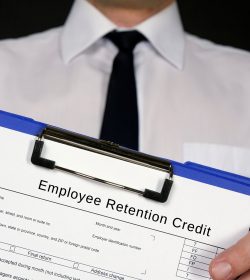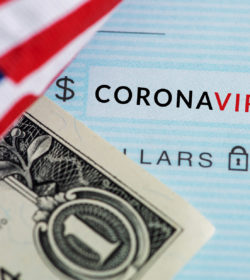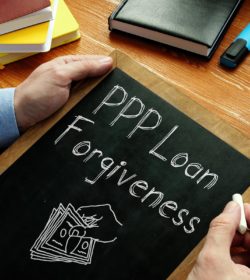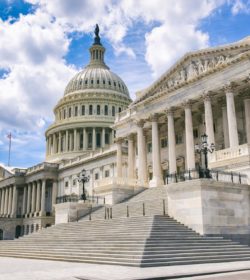In a little-known and rarely used (thankfully) law, the IRS provides a way, in the midst of a federally declared disaster (COVID-19 pandemic) for employers to help employees pay for expenses related to the disaster without the employee incurring any unintended tax burden.
BACKGROUND
Normally, an employer is not allowed to give an employee a gift, without considering it compensation to the employee, which should be reported on the employee’s W-2.
After the terrorist attacks of 9/11/2001, Section 139 was added to the tax law as a way for employers to help employees deal with the effects of the disaster. The law basically allows employers to make “qualified disaster relief payments” to employees that are tax free to employees, but completely tax deductible to the employer. These payments can either be made directly to a vendor on behalf of the employee or reimbursed to the employee upon providing evidence that the expense was incurred.
Some examples of expenses that would qualify under this law are:
- Medical expenses of the employee not compensated for by insurance (deductibles and out-of-pocket expenses)
- Costs of over-the-counter medications and hand sanitizer
- Costs related to employees’ ability to work from home (computer, cell phone, printer, extra utilities, etc.)
- Costs of child-care for family members who can’t attend school during a pandemic.
APPLICATION
While the law is somewhat informal, it is advisable to document your plan to implement this law. This documentation might show up in your corporate minutes and/or in a business memo to employees (if you are a sole proprietor). In this memo you should reference Section 139 of the tax code. You should also keep track of the following:
- Amounts paid, and to whom
- The start and end date of the Section 139 program
- Summary of expenses eligible to be paid or reimbursed
- A maximum amount the employer will pay per employee, or in total
Again, this is a rarely used section of the tax law. As such, there is not a lot of precedent available. The best way to navigate and implement this type of a program is to use common sense, don’t overdo it, and keep records of intention and actual execution.
SAMPLE MEMO
Your business memo might look something like this:
Date
Name of business
Subject: Section 139 Program in response to COVID-19
In response to the federal declaration of the Coronavirus Pandemic as a federal disaster, “company name” is implementing a program under IRS tax law Section 139, to assist employees as they incur expenses related to dealing with the pandemic.
Expenses eligible to be covered include:
- Medical expenses of the employee not compensated for by insurance (deductibles and out-of-pocket expenses)
- Costs of over-the-counter medications and hand sanitizer
- Etc.
Expenses incurred beginning 3/15/2020 and ending 6/30/2020 are eligible to be covered.
All requests for payment are subject to review and approval by “business owner/manager”.
ADDITIONAL RESOURCES
Please see the following article for some more background and information regarding Section 139 : https://www.forbes.com/sites/anthonynitti/2020/03/23/little-known-tax-law-allows-employers-to-make-tax-free-payments-to-employees-to-cover-covid-19-expenses/#5d9432fc4cfc
Please reach out if you have any questions.










